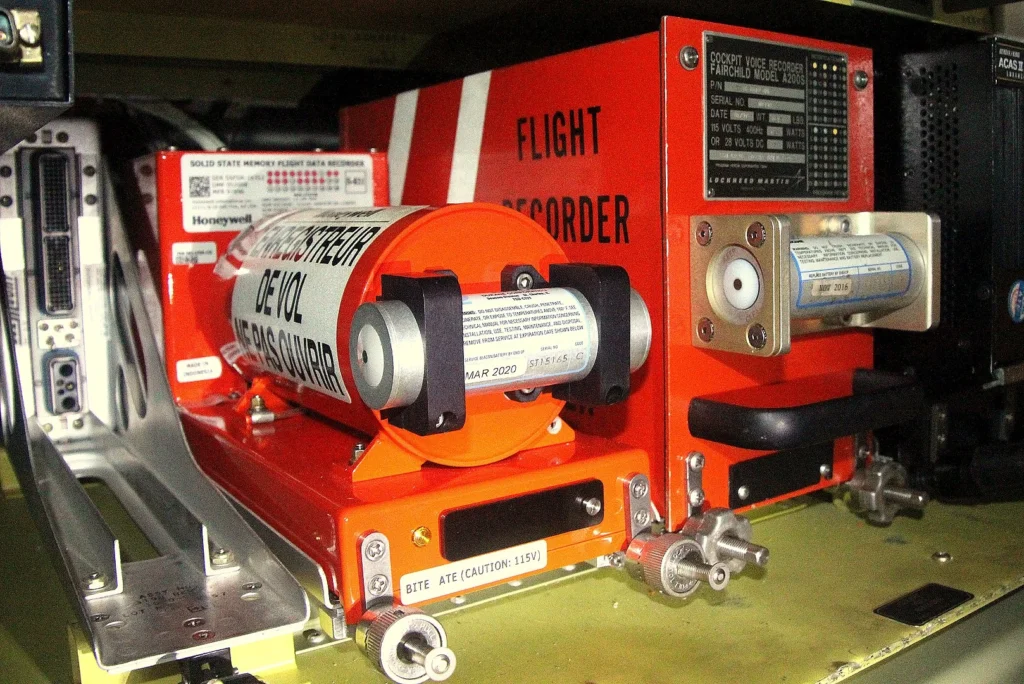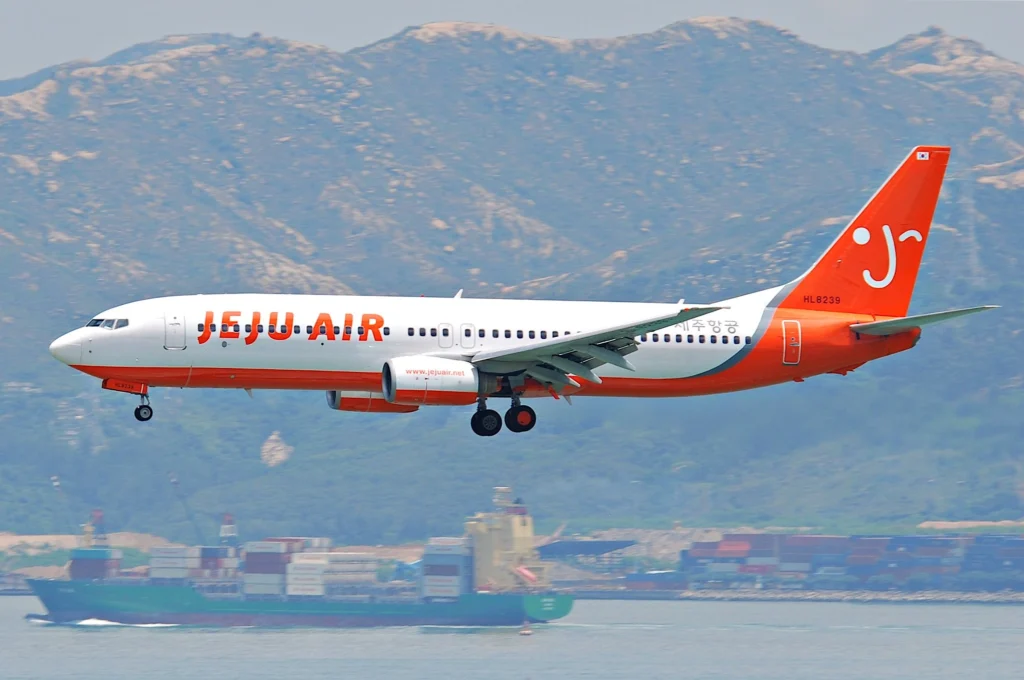The investigation faces a technical difficulty with the flight data recorder, which investigators discovered was missing a critical link.
SEOUL- Investigators have successfully extracted key data from one of the black boxes recovered from the Jeju Air (7C) Boeing 737 jet disaster, which lost 179 lives and was South Korea’s deadliest aviation tragedy.
The initial data extraction from the cockpit voice recorder represents a big step forward in understanding the events that led to the catastrophe.

Jeju Air Crash Black Box Data
The deadly incident occurred when the airplane, carrying 181 passengers and crew from Thailand to South Korea, made an emergency belly landing after giving a distress signal. The hit with a barrier ignited an intense fire, leaving only two flight attendants alive after being rescued from the burning aircraft.
Since Sunday’s accident, a joint investigative team of South Korean and American professionals, including Boeing representatives, has been stationed at the crash site in Muan. Their thorough inspection of the wreckage continues as they reconstruct the sequence of events.
Joo Jong-wan, Deputy Minister for Civil Aviation, acknowledged the completion of the initial data extraction from the cockpit voice recorder. The investigating team is now transferring this important information into audio format, which will reveal the flight crew’s final communications.
The investigation faces a technical difficulty with the flight data recorder, which investigators discovered was missing a critical link.
Technical specialists are presently assessing techniques for safely extracting data from the damaged component, which contains critical information about the aircraft’s performance and systems during flight.

Possible Reasons for Crash
Aviation investigators are looking into several aspects in the Jeju Air catastrophe, going beyond the first bird strike scenario to investigate the runway’s concrete barrier, which the Boeing 737-800 hit before burning.
The collision between the airplane and this barrier is documented on video, making it a major focus of the investigation.
The probe has stepped up its analysis of probable mechanical problems. According to media accounts, the landing gear worked properly during the first landing attempt at Muan Airport but failed on the second.
The Land Ministry says that the Accident Investigation Board will conduct a thorough review of all testimonies and evidence connected to these mechanical issues.
The identification process for crash fatalities has created substantial distress among grieving relatives at Muan airport, who have expressed increasing anger with delays in receiving their loved ones’ remains.
The collision and fire caused substantial damage, complicating identification efforts while investigators attempted to preserve key evidence from the crash scene.
The acting president said today that officials had finished the identification process. More families have received their relatives’ remains, allowing them to make funeral plans.

179 Killed in Horrifying Crash
During his first week in office, Acting President Choi Sang-mok announced that the identification procedure for all 179 crash fatalities had been completed overnight.
South Korean investigators have joined forces with the US National Transportation Safety Board and Boeing executives to establish the cause of the disaster.
Choi underlined that a thorough investigation of the aircraft’s structural components, along with black box data processing, will disclose the important causes that contributed to the accident.
The US investigative team landed in Muan on Monday and promptly began investigating, focusing on the airport’s localizer guidance system.
The localizer, which is mounted atop a concrete structure at Muan International Airport, has emerged as a critical role in exacerbating the crash’s severity. This navigation tool, which was intended to help aircraft during landing procedures, proved a lethal hazard in the flight’s closing minutes.
The ill-fated flight largely conveyed holiday guests returning from Bangkok, with the passenger manifest consisting primarily of Korean nationals, with the exception of two Thai people. Once the black box data is completed, the investigating team plans to create a precise timeline of the flight’s final minutes.
Memorial sites honoring the victims are now located around South Korea, including Seoul and Muan Airport. These altars serve as gathering points for a country mourning its worst aircraft catastrophe.












Leave a Reply